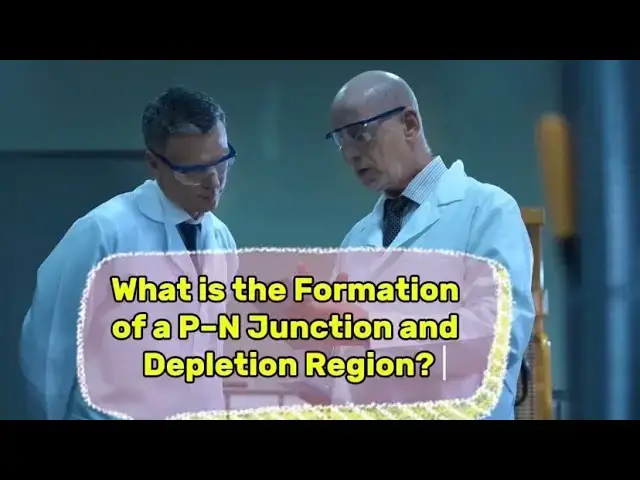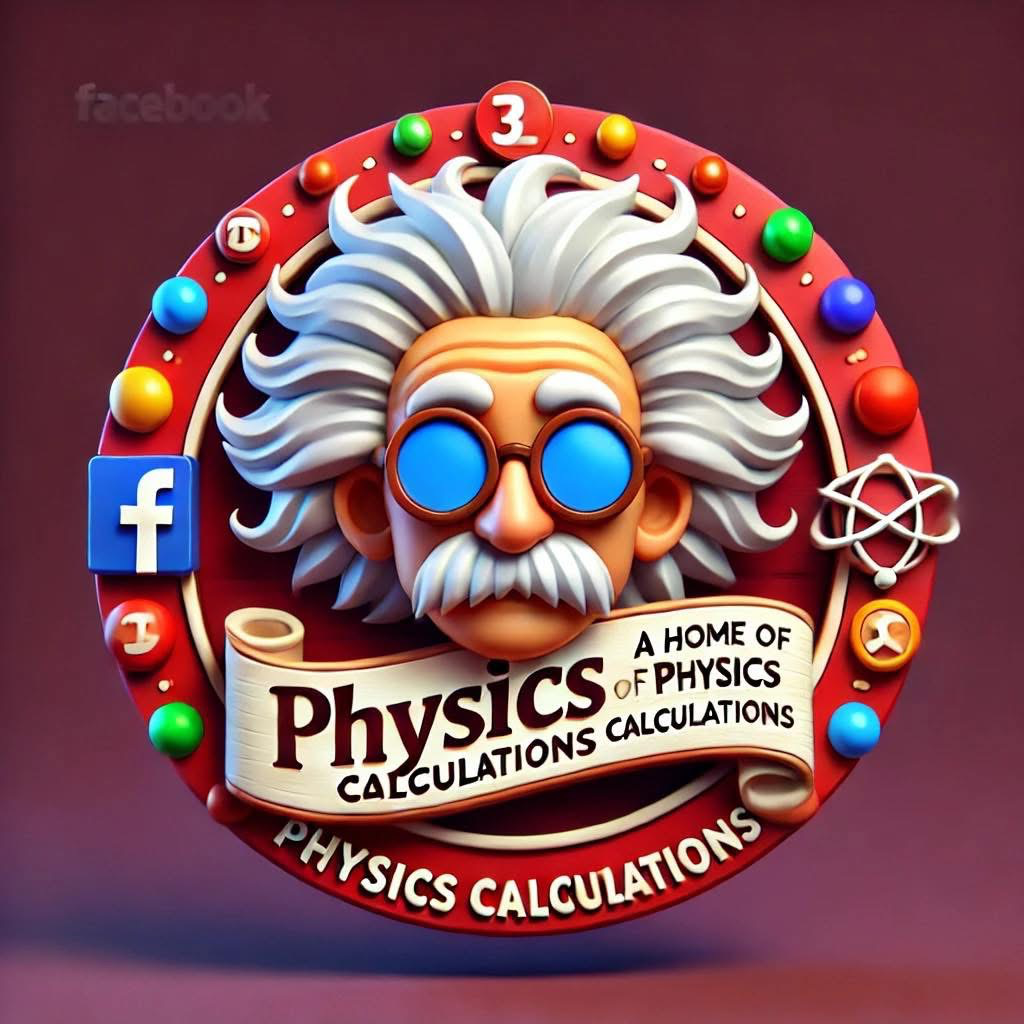This video explains how a A P–N junction is formed when a P-type semiconductor (with holes as majority carriers) is joined to an N-type semiconductor (with electrons as majority carriers). At the junction, mobile carriers diffuse and leave behind immobile ions, creating a depletion region with an internal electric field.
Show More Show Less View Video Transcript
0:00
What is the formation of a P and
0:02
junction and depletion region?
0:04
Definition. A P and junction is formed
0:06
when a Ptype semiconductor with holes as
0:09
majority carriers is joined to an
0:11
untyped semiconductor with electrons as
0:14
majority carriers. At the junction,
0:17
mobile carriers diffuse and leave behind
0:19
mobile ions creating a depletion region
0:22
with an internal electric field.
0:24
Explanation when ptype and untype
0:27
materials are brought together free
0:29
electrons from the unside diffuse into
0:32
the pside and recombine with holes.
0:35
Similarly, holes from the pside diffuse
0:37
into the unside and recombine with
0:40
electrons. This recombination leaves
0:42
behind immobile positive ions in the
0:45
unregion and immobile negative ions in
0:48
the p region. The space left without
0:50
mobile carriers becomes the depletion
0:52
region. An internal electric field
0:55
built-in potential develops across the
0:57
junction opposing further diffusion. At
1:00
equilibrium, diffusion from
1:02
concentration difference balances drift
1:04
due to the electric field. This
1:06
depletion region is crucial for diode
1:09
action. It acts as a barrier that must
1:11
be overcome forward bias or strengthen
1:14
reverse bias. Imagine think of water
1:17
flowing from a full tank unside
1:19
electrons to an empty one pside holes.
1:23
Once the levels balance, a barrier forms
1:26
preventing further flow. That barrier is
1:28
like the depletion region. In simple
1:31
terms, P and junction equals when
1:33
electrons and holes meet at the boundary
1:36
leaving behind a region without mobile
1:38
carriers depletion region. Formula
1:41
concept built-in potential VBI. VBI
1:45
equals KT Q * LN A N D N I squared where
1:50
VBI equals built-in potential K equals
1:53
Boltzman constant T equals absolute
1:56
temperature Q equals electron charge N
2:00
equals acceptor concentration and D
2:03
equals donor concentration and I equals
2:06
intrinsic carrier concentration. Key
2:08
points junction forms naturally when P
2:11
and UN regions are joined. Depletion
2:14
region contains immobile ions. No free
2:17
carriers. Internal electric field
2:19
opposes further diffusion. Width of
2:22
depletion region depends on doping
2:24
levels. Foundation of diode transistor.
2:27
Solar cell operation. Examples. Silicon
2:31
p junction and rectifier diodes. Lead
2:33
junction emitting light when forward
2:35
biased. Solar cell junction converting
2:38
sunlight to electricity. Podio junction
2:41
sensitive to light. Applications:
2:44
Rectifiers converting AC to DC. Solar
2:47
cells generating current from sunlight.
2:50
Leads emitting light. Sensors light
2:53
detection with photoodess. Transistors
2:56
amplification and switching. Question.
2:59
Why is the depletion region important in
3:01
a diode? Answer: Because it acts as a
3:04
barrier. In forward bias, the barrier is
3:07
reduced allowing current to flow. In
3:10
reverse bias, the barrier widens,
3:12
blocking current flow.


